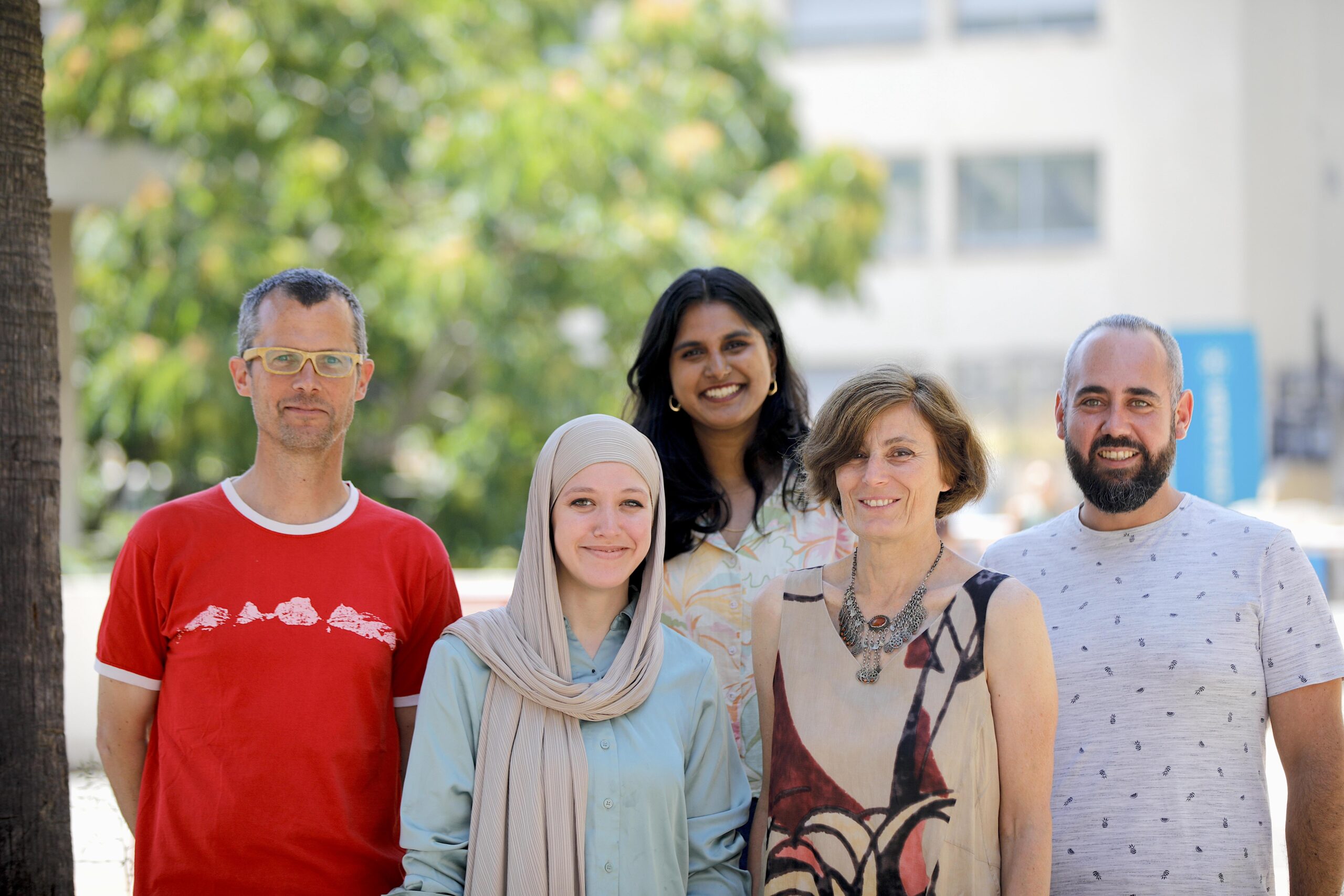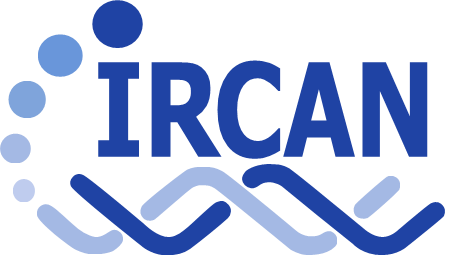
Current lab members:
- Simona SACCANI, Research Director, DR2 Inserm
- D. van Essen (CRCN)
- O. Bellouti (PhD student)
- S. Damodaran (PhD student)
- L. Cervera (Engineer)
Lab Alumni:
The Saccani lab studies the molecular mechanisms which regulate gene expression, using the NF-kB family of transcription factors as a model system. A major focus is to understand how the activities of transcription factors can be controlled in promoter-specific and cell type-specific fashion. The NF-kB family of transcription factors is crucial for the expression of multiple genes involved in cell survival, proliferation, differentiation and inflammation. The NF-kB pathway is broadly active in multiple cell types, yet many NF-kB target genes show a tightly-regulated pattern of expression, with stimulus-dependent activation restricted to a particular biological setting. To investigate the molecular mechanisms underlying this, we focus on differences in the chromatin structure of target promoters and enhancers, and on co-factors which can regulate the recruitment and activity of NF-kB in specific cell-types.
Current Projects
Publications
- par Sophie LancianoLong interspersed element 1 (L1) retrotransposons are implicated in human disease and evolution. Their global activity is repressed by DNA methylation, but deciphering the regulation of individual copies has been challenging. Here, we combine short- and long-read sequencing to unveil L1 methylation heterogeneity across cell types, families, and individual loci and elucidate key principles involved. We find that the youngest primate L1 families are specifically hypomethylated in pluripotent stem…
- par Bogdan B GrigorashDespite advances in four-factor (4F)-induced reprogramming (4FR) in vitro and in vivo, how 4FR interconnects with senescence remains largely under investigated. Here, using genetic and chemical approaches to manipulate senescent cells, we show that removal of p16^(High) cells resulted in the 4FR of somatic cells into totipotent-like stem cells. These cells expressed markers of both pluripotency and the two-cell embryonic state, readily formed implantation-competent blastoids and, following…
- par Saadat HussainThe action of cis-regulatory elements with either activation or repression functions underpins the precise regulation of gene expression during normal development and cell differentiation. Gene activation by the combined activities of promoters and distal enhancers has been extensively studied in normal and pathological contexts. In sharp contrast, gene repression by cis-acting silencers, defined as genetic elements that negatively regulate gene transcription in a position-independent fashion,…
- par Dominic van EssenThe positioning of nucleosomes regulates the accessibility of genomic DNA and can impact the activities of functional elements. Nucleosome positioning is highly consistent at each genomic location in any particular cell-type, but can vary in an orchestrated fashion between different cell-types and between genomic loci according to their activities. Here, we describe a technique-"ChIP-MNase" (chromatin immunoprecipitation linked to micrococcal nuclease mapping)-to determine nucleosome positions…
- par Jonathan BenzaquenRationale: The characterization of new theranostic biomarkers is crucial to improving the clinical outcome of patients with advanced lung cancer. Here, we aimed at characterizing the P2RX7 receptor, a positive modulator of the anti-tumor immune response, in patients with lung adenocarcinoma. Methods: The expression of P2RX7 and its splice variants was analyzed by RT-qPCR using areas of tumor and non-tumor lung adenocarcinoma (LUAD) tissues on both immune and non-immune cells. The biological…
- par Agata OrubaThe organization of nucleosomes across functional genomic elements represents a critical layer of control. Here, we present a strategy for high-resolution nucleosome profiling at selected genomic features, and use this to analyse dynamic nucleosome positioning at inducible and cell-type-specific mammalian promoters. We find that nucleosome patterning at inducible promoters frequently resembles that at active promoters, even before stimulus-driven activation. Accordingly, the nucleosome profile…
- par Tania SultanaL1 retrotransposons are transposable elements and major contributors of genetic variation in humans. Where L1 integrates into the genome can directly impact human evolution and disease. Here, we experimentally induced L1 retrotransposition in cells and mapped integration sites at nucleotide resolution. At local scales, L1 integration is mostly restricted by genome sequence biases and the specificity of the L1 machinery. At regional scales, L1 shows a broad capacity for integration into all…
- par Simona SaccaniOne of the best-characterized and biologically important gene expression programmes in myeloid cells is their response to pro-inflammatory stimuli. Macrophages and DCs in particular are key mediators of immune responses, and are widely-used as prototypes to understand and define the determinants of specific and inducible gene expression. In this review we summarize advances and concepts which have been made towards the understanding of inducible gene expression, with a particular focus on…
Lab News
-
Fête de la Science 2024
IRCAN was once again present at the Village des Sciences de Nice on October 11, 12 and 13 to talk about our research with: – middle and high school students […]
-
New Website!
Please enjoy our new website! We want to create a imersive hub for all news and events in the fields of cancer and ageing. if you see an error, please […]
Find out what projects IRCAN researchers are working on at the moment!
Find out about our platforms and services that drive our research.
IRCAN has a diverse research teams, tackling a wide range and resolution of topics in ageing and cancer.




